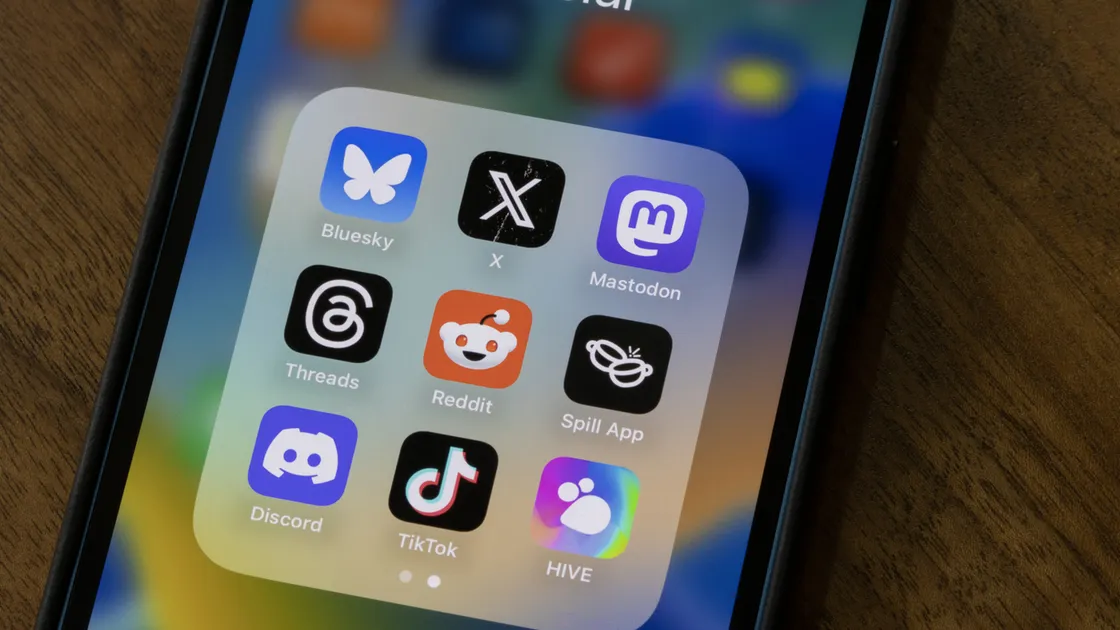Analyzing Japan’s Influencer Marketing Landscape Through Key Statistics

Influencer marketing is rapidly expanding in the Japanese market, and understanding this requires an analysis of statistical data.
According to the latest statistics, Japan’s domestic influencer marketing market size is projected to expand to 1.3 trillion yen by 2027. This growth is driven by the high daily use of social media among consumers in Japan.
In this article, we will analyze Japan’s influencer marketing market size, trends across various SNS platforms, and the resulting changes in consumer behavior using concrete statistical data.
Additionally, based on these statistics, we will examine the trends and potential in influencer marketing, both domestically and internationally, to reveal how companies can leverage this approach to secure a competitive advantage.
Influencer Marketing Market Viewed through Statistics
Influencer marketing has rapidly grown as an essential tool for enhancing brand recognition for products and services, driven by the spread of social media. In Japan, this marketing method has significantly impacted the market, garnering the attention of many companies.
Influencer marketing on SNS platforms exerts a high level of influence on Japanese consumers, often directly impacting purchasing behavior. Below, we analyze market trends and projections based on specific statistical data.
Source: https://influencer-portal.com/media/market-size/
Market Size Transition
In 2022, Japan’s influencer marketing market reached approximately 615 billion yen. This figure reflects the expectations companies have for collaboration with influencers through SNS.
Furthermore, by 2027, this market is expected to expand to 1.3 trillion yen. These results underscore the growing importance of influencer marketing in the domestic market.
This statistical data suggests that for companies targeting younger demographics or brands actively using SNS, influencers have become a crucial touchpoint with consumers.
The Evolution of Domestic Influencers
The influencer market in Japan has grown rapidly since the early 2010s.
Initially, celebrities active on television and magazines dominated the influencer space. However, the influence of general users is now also in the spotlight.
For instance, YouTuber Hikakin, who started as an ordinary user, rose to fame as a prominent influencer with a large follower base. There are also individuals who became influential after their SNS posts gained widespread attention.
This shift from celebrity to general user influencers shows that consumers tend to trust influencers who act as more relatable sources of information.
Market Size by SNS Platform
In Japan, influencer marketing mainly utilizes SNS platforms like Instagram, Twitter, and YouTube.
Each SNS platform has unique user demographics and characteristics. Choosing the right platform based on the company’s target audience is key to success.
Based on statistical data, we summarize the information in the following table:
| Platform | 2022 Market Size Statistics | 2027 Projected Market Size Statistics | Platform Characteristics |
|---|---|---|---|
| Approx. 155 billion yen | 310 billion yen | Highly popular for fashion, beauty, and lifestyle content; effective for visually appealing products. | |
| Approx. 110 billion yen | 185 billion yen | Excellent for real-time information and spread; suited for news and tech-related content. | |
| YouTube | Approx. 240 billion yen | 487 billion yen | Effective for product reviews and usage tutorials, leveraging the strength of video content. |
Trends in Overseas Markets
Influencer marketing is experiencing rapid growth not only in Japan but also internationally, according to statistical data.
In Western markets, the influencer marketing industry continues to expand, with Instagram and TikTok becoming particularly influential.
Meanwhile, the Chinese market has seen even more rapid growth, with the market size forecasted at around 1.5 trillion yen. In China, it is common for celebrities known as “Hongren” (influencers) to actively use SNS for product and service promotion.
Statistical Data on SNS Usage in Japan
In Japan, the adoption of SNS continues to rise each year, playing a crucial role in marketing. Influencer marketing, in particular, is gaining attention as a powerful tool for companies to build trust-based relationships with customers.
Below, we introduce the usage of SNS in Japan with statistical data and explain key points for leveraging influencer marketing.
Source: https://www.soumu.go.jp/main_content/000953019.pdf
SNS User Population in Japan
According to statistics, the number of SNS users in Japan reaches approximately 82% of the total population, or around 82.7 million people, making it an indispensable part of daily life.
The high usage rate of SNS is attributed to the widespread use of smartphones and the availability of internet access. This environment is also appreciated by foreign visitors.
From these statistics, it is clear that digital marketing, particularly influencer marketing, is highly effective in the Japanese market.
Usage Rate by Major SNS
Let’s examine the usage rate by SNS platform.
In these statistics, LINE ranks at the top with 79.5%, followed by YouTube at 62.0%, X (formerly Twitter) at 55.9%, and Instagram at 52.9%.
LINE is widely used for daily communication, such as messaging and group chats. Statistical data also indicate a growing trend in using LINE business accounts for marketing.
YouTube and Instagram are highly effective for visual and video-based marketing, and collaboration with influencers is actively progressing in these areas.
Purposes for Using SNS
The primary purpose of using SNS, according to statistics, is “communication with acquaintances,” which ranks highest at 88.6%. This statistic demonstrates that many Japanese people use SNS for daily interactions.
In addition, 64.5% use SNS for “information gathering.” Many users seek the latest information on products and services via SNS.
From these statistics, it is evident that influencer-led product introductions and reviews are effective marketing methods in Japan.
SNS Usage Peak Hours
When do Japanese people typically use SNS?
Let’s look at the statistical data on this.
Statistics show that SNS usage peaks between 8 pm and 10 pm, indicating that many users check SNS after work or dinner. Posting during these hours can maximize viewership and enhance engagement with followers.
This statistical result highlights the importance of scheduling posts during peak hours for influencer marketing in the Japanese market.
Trends in Viewing Product and Service Introductions
Let’s analyze Japanese consumers’ viewing trends for product and service introductions and apply these findings to influencer marketing.
According to statistics, platforms such as YouTube, X (formerly Twitter), and Instagram attract high viewership for “product and service introduction” content, making visual marketing effective.
For instance, product reviews or usage tutorials explained in detail by influencers on YouTube are popular because they make it easy for viewers to understand the product’s practicality and value.
Instagram and X, on the other hand, typically feature brief messages and photo-based introductions. Users are generally attracted to visually oriented content on these platforms.
By examining these statistical data on Japanese SNS viewing trends, it becomes easier to understand effective ways to utilize influencer marketing.
hotice Provides Matching Support
At hotice, we connect international brands with carefully selected Japanese influencers to deliver impactful and risk-free campaigns.
We offer:
・Expert influencer matching by industry and objective
・Multilingual communication support
・Campaign planning and performance tracking
・Full legal and cultural compliance
hotice supports foreign companies entering the Japanese market with PR, using celebrities and influencers.
We have previous experience in selecting appropriate creators and PR strategies, so please contact us if you have any questions.






